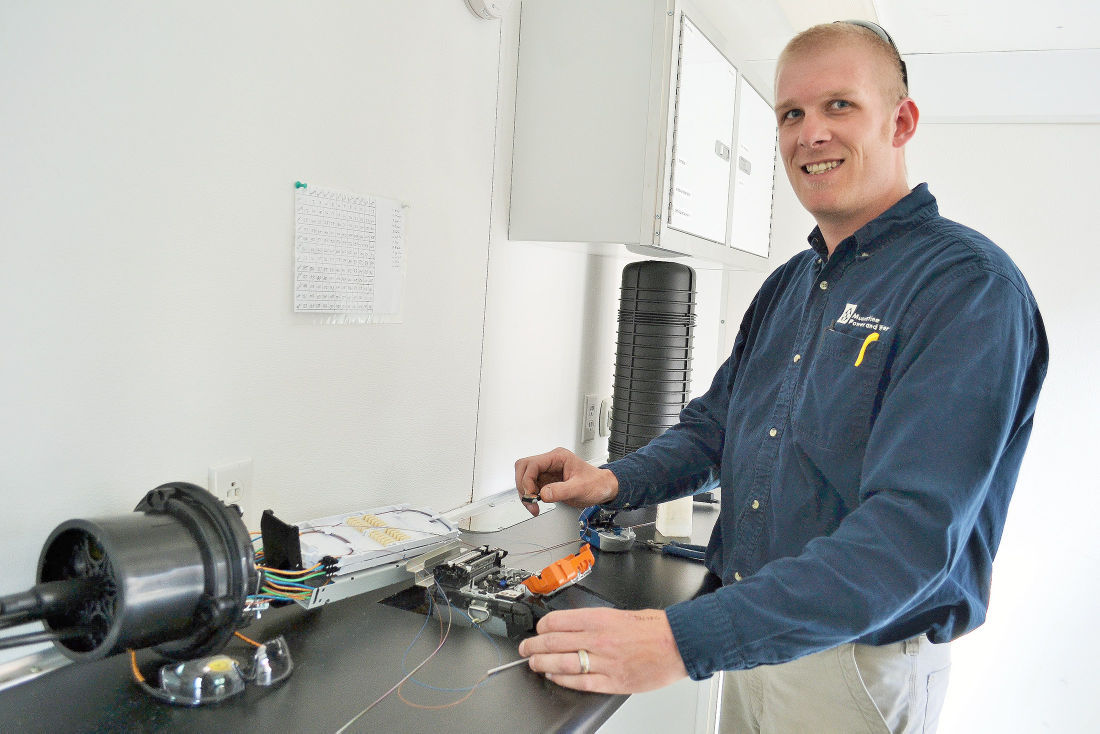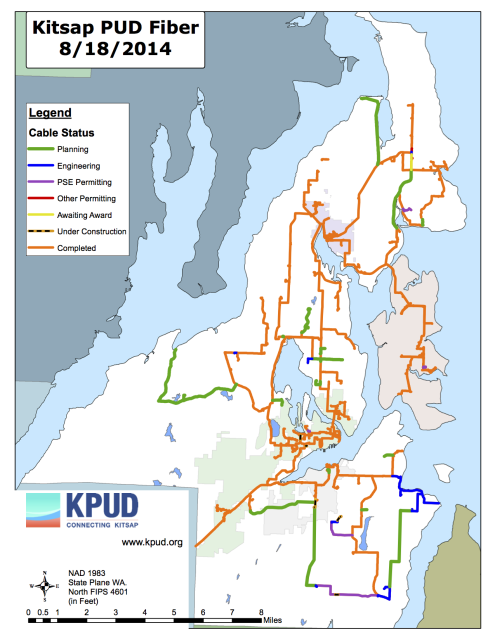by Karl Bode
AT&T today announced the company has expanded availability of its U-verse Gigapower-branded gigabit fiber service in four cities: Los Angeles, Oklahoma City, Atlanta and Kansas City. While AT&T’s overall fixed-line CAPEX has been dropping, the company continues to push fiber into housing developments, college campuses, and other areas where deployment costs are minimal. Speaking to investors during the first earnings call, AT&T CTO John Stephens said the company was on schedule to meet the commitments attached to the DirecTV acquisition.
“We’ll continue to expand our 100% fiber AT&T GigaPower network to additional locations,” AT&T says of the expansion. “We’re planning to triple availability by the end of 2016.”
As is traditionally AT&T’s practice, most of these deployments will be made available to high-end housing developments, and the company isn’t specifically stating just how many customers are actually able to get the service. Users in our forums are often frustrated to be told they’re in a launched market, only to realize AT&T’s fiber is deployed nowhere near their home. Continue reading










